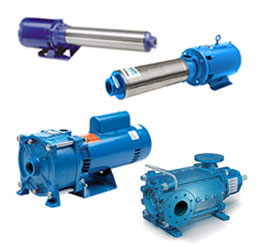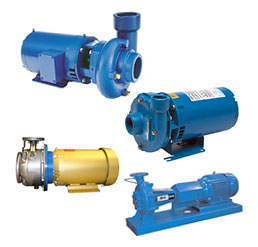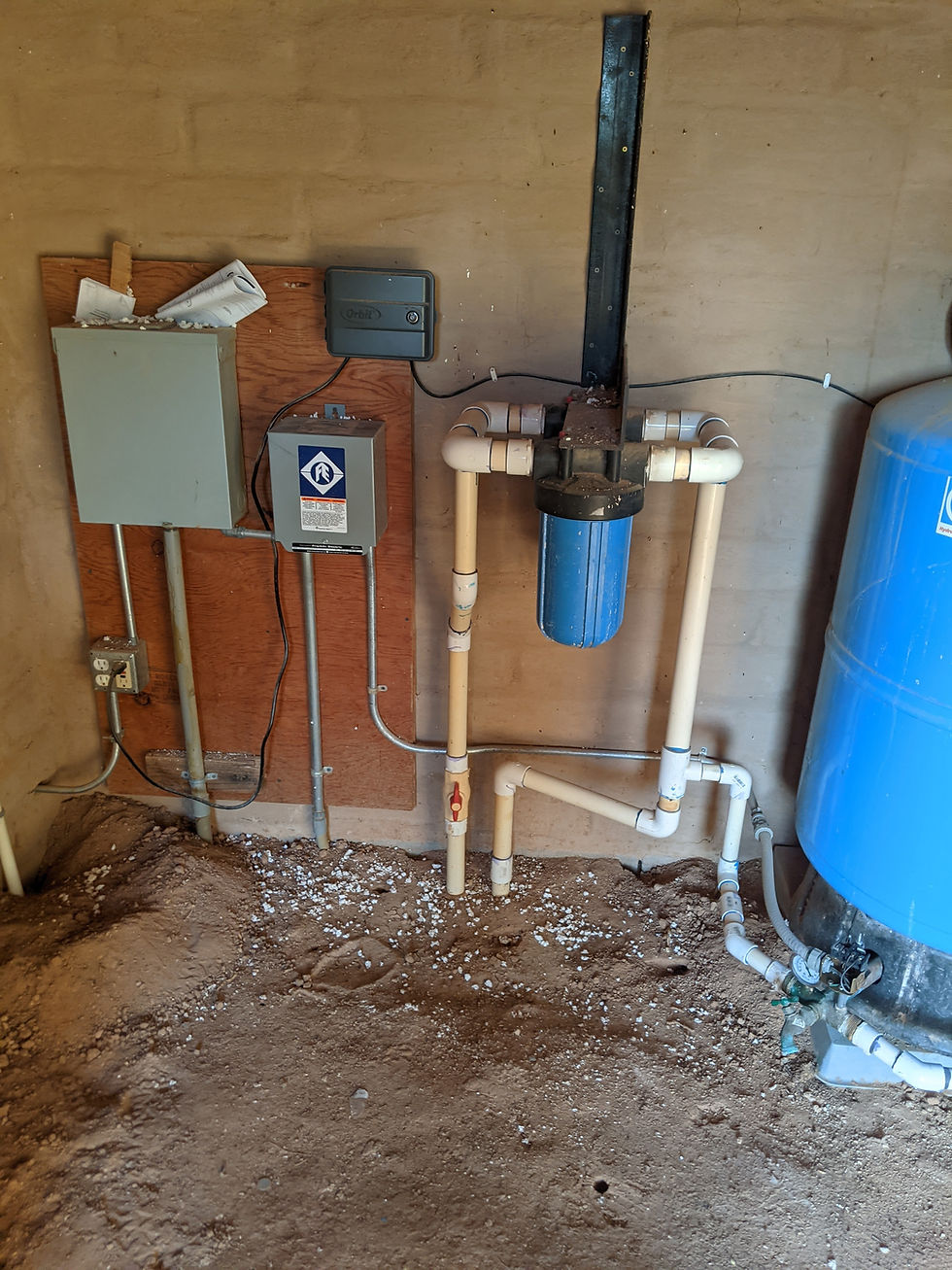Owning a private water well, what you need to know.
- Lucas McCain

- Jan 26, 2022
- 3 min read
Updated: Jan 26, 2022
"You don't know what you don't know"
Owning a water well for you and your family can be anxiety inducing, especially if you don't have the base of knowledge that you'd like. In addition, water wells can be extremely varied in how they're constructed, how they work, and their most likely points of failure.
In the Southwest, any more, most private water wells are drilled. Meaning that someone drove a drill bit down into the earth for anywhere from 80 - over 1000'. Wells for residential use are commonly drilled 4-12 inches in diameter. Most of the residential wells in the Arizona Sonoran Desert are 8 inches in diameter. These can differ greatly from the wells in other parts of the country where water is plentiful and close to the ground level.
Wells in southern Arizona generally require a submersible pump that is, a pump placed in the well under the water level, to push the water out. Servicing a submersible pump is time consuming and takes specialized tools and equipment. The consideration of this is important and planning for it is essential. Submersible pumps can cost anywhere from several hundred dollars well into the thousands, and the labor to remove and replace them is also costly, generally taking 2 or more highly skilled workers and an overhead hoist such as that on a pump rig.

Submersible pumps can be expected to last between 10 and 15 years on average, and carry a 3-5 year warranty for most quality brands. Some pumps last decades longer due to luck, being sized correctly for the application, clean water, lightning and surge protection, and proper maintenance of all of the above ground equipment.
Aside from a submersible well pump, your well will have several other important pieces of equipment. The next most important information is about your tank setup. There are several types of tanks, and with any well, it's highly likely you at least have one or more pressure tanks, you may also have a storage tank. It's important to know the difference. Pressure tanks are used to provide pressurized water for a time before the pump starts running. Storage tanks are not pressurized and in our area, generally filled by the submersible pump in the well. The water exiting the storage tank is only at the pressure that the physical height of the water column allows for, which is not enough for residential use.

Bladder Style Pressure tanks
Pressure tanks are a common failure point for water well systems, especially older systems that use hydropnuematic style tanks. These tanks are large pressure vessels and require special parts and installations to constantly balance a volume of air in the tank along with the water. They require more maintenance and supervision than bladder style tanks. Bladder tanks have a thick rubber bladder inside them that separates the air side of the tank and the water side of the tank. They hold the same air throughout their service life and should not require any maintenance if installed correctly. They should be checked annually to make sure that the bladder is not failing.

Plastic water storage tank
When you have a storage tank, you generally have to have a separate pump, called a booster pump. Booster pumps can be of several different varieties and even can be the same technology as the submersible well pump, mounted inside the storage tank to create a cleaner looking site and a long lasting solution.
Booster pumps
A full system that is designed with your well's performance and your specific application needs in mind, should provide you water with minimal maintenance (we recommend annual or semi-annual visits to check equipment and address any needs that might arise) for many years to come. But eventually pumps, tanks, piping, electrical controls etc, all need to be serviced, repaired, or replaced. Ironwood can help you plan for those eventualities with a system assessment and a cost over time calculation so you can be ready when the time comes to replace or repair your well equipment.
Lucas McCain











Comments